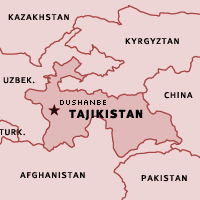Introduction
Pakistan lies in the North Western part of South Asia. It is bordered by China in the North, Afghanistan in the North-West, Iran in South-West, Arabian Sea and Indian Sea in the South and India in the East. Pakistan, as evident, is located at the crossroads of South Asia, Central Asia, and the Middle East making it an easy linking point between Central Asia and South Asia.
There have been significant immigration movements, in the areas now constituting Pakistan since pre-historic times. The people of Pakistan are descendants of different racial groups and sub-racial stocks, who entered the subcontinent over the past 5000 years, mainly from central and western Asia from time to time. Yet unlike the popular misconception, it always maintained its identity and individuality separate from its neighbor India who claimed that Pakistan was a part of Aakhand Bharat (Undivided India) on the basis of history.




